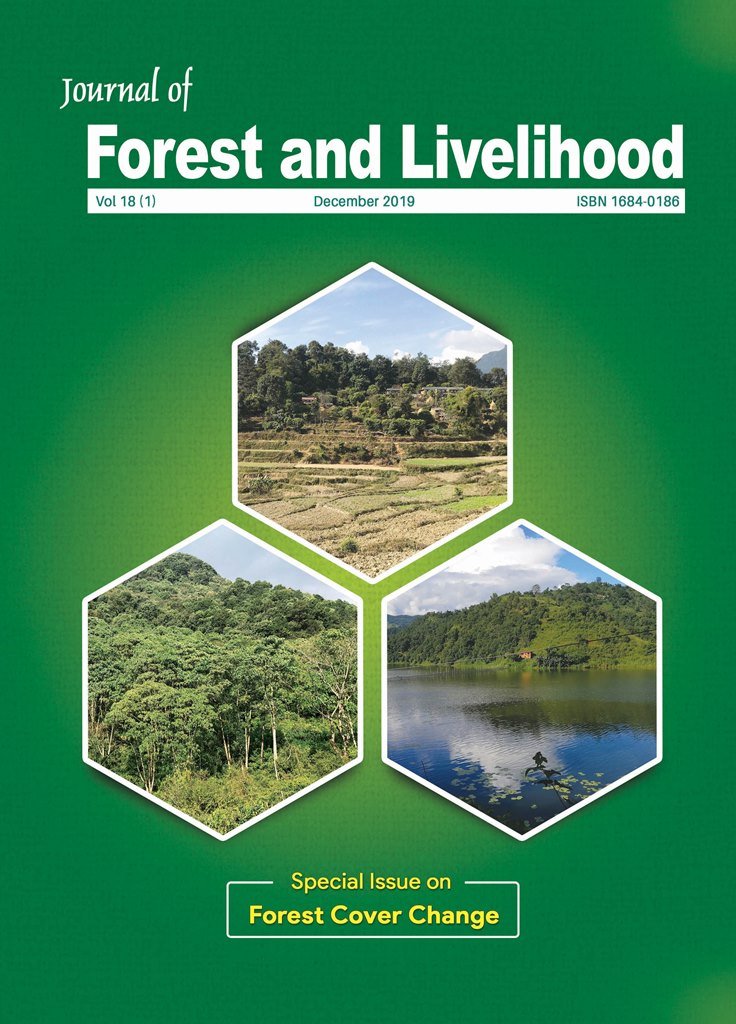Mapping and Understanding Changes in Tree Cover in Nepal: 1992 to 2016
DOI:
https://doi.org/10.3126/jfl.v18i1.59607Keywords:
Community forestry, forest regeneration, Google Earth Engine, migration and land useAbstract
Since the 1980s, Nepal, one of the poorest countries in the world, has gained worldwide recognition for its successful community forestry program. Researchers, however, have not previously documented the spatially explicit impacts of this forest transition because of the topographic effects, e.g., shading, clouds, snow, and ice, hindered remote-sensing imagery analysis. This multi-disciplinary research project used United States Geological Survey (USGS) Landsat 5, 7, and 8 surface reflected-correct imagery from 1988 to 2016 that were available in Google Earth Engine to map forest cover change across the country. We then used a Random
Forest (machine learning method) and multilevel regression analyses to assess associations between changes in forest cover and physiographic and socio-economic variables. We found that between 1992 and 2016, forest cover in Nepal almost doubled. Among other variables, being a member of a community-forestry user group, and receiving remittance income from children who had migrated elsewhere to work had a positive impact on forest cover.
Downloads
Downloads
Published
How to Cite
Issue
Section
License

This work is licensed under a Creative Commons Attribution-NonCommercial 4.0 International License.
CC-BY-NC: This license allows reusers to distribute, remix, adapt, and build upon the material in any medium or format for noncommercial purposes only, and only so long as attribution is given to the creator.





